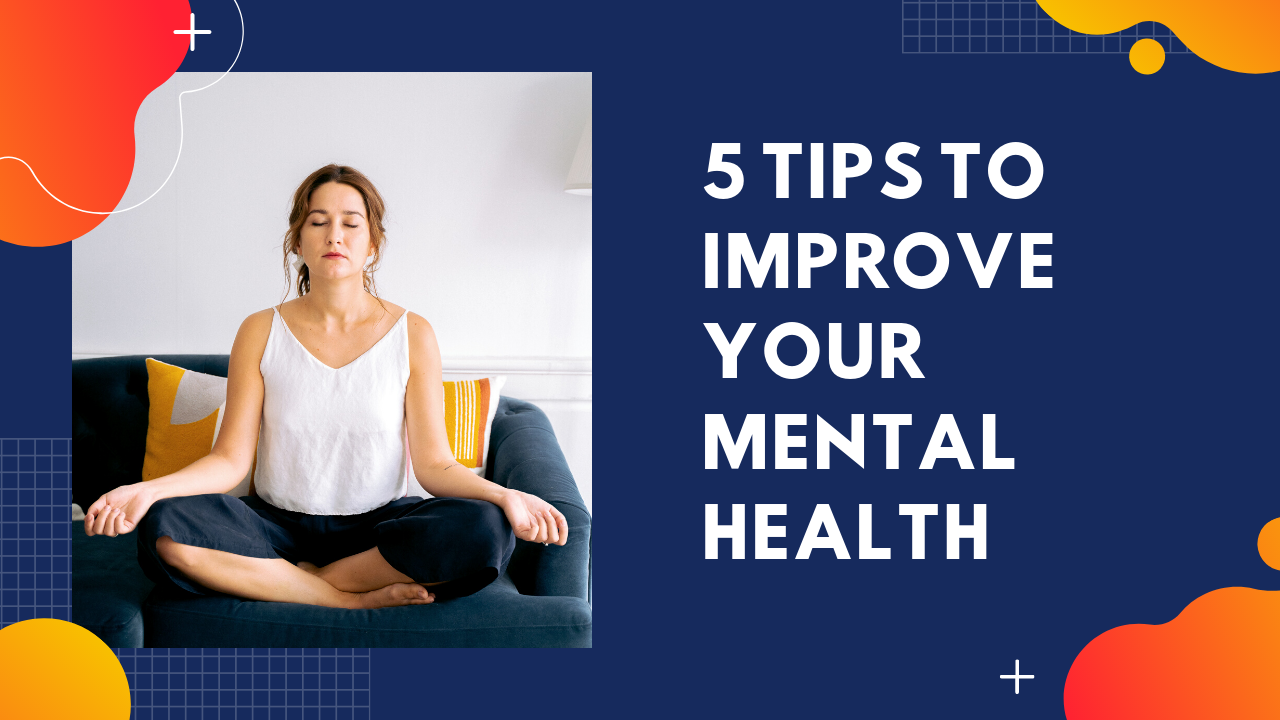
A sound bath is a therapeutic bath that uses different sounds and frequencies to cleanse the body. A sound bath is not the same as a bubble bath, where you relax in a tub of soothing water. Sound therapy baths utilize a variety instrumental sounds that produce different frequencies, vibrations, ambiances. These sounds can be used to soothe the mind and body. During a sound session, you will hear the different tones and rhythms of various instruments.
These baths have a variety of benefits for both the body and mind. The sound effects create a relaxing, calming atmosphere. Sonic vibrations are the hallmark of singing bowls in a soundbath. These sonic sounds help the nervous systems tune into their natural rhythms. These tools can help to reset the psyche during a sound bath. Unlike traditional baths, a sound bath requires no nudity and can be enjoyed by beginners and experts alike.

Sound baths are a great way to relax and can also improve your health and well-being. Many participants report experiencing physical and mental sensations, including a deep sense of relaxation. Some people report experiencing creative "aha!" Other people have experienced crying or moments of sadness. Some people report feeling more relaxed after taking a soundbath. You may find sound therapy more beneficial when you are with other people than when you are by yourself at home.
A sound bath is best practiced in a group setting. It can be held at yoga studios and wellness centers. To experience a sound bath, you should dress in layers and dim the lights. You may feel happy, sad or both during the sound bath session. You might even cry. Once you're ready to accept the feelings, enjoy the experience. It's important to be aware of what is happening inside your body during a sound bath, because deep-rooted emotions can come out in a moment's time.
A sound bath can be described as an experience that incorporates non-Western music, movement, and meditation. Participants will be encouraged sit down and lay on a cushion while the sound effects play. The practitioner may play different instruments, such as tuning forks, chimes, and other sounds during the session. A sound bath can be very relaxing, but it can also provide powerful sound healing.

It is important to stay awake when you take a sound bath. You must be alert and aware of what is happening around you. Otherwise, you may fall asleep. The most common and effective sound baths are in-person, however you can also do a sound bath by yourself using a meditation application. For a more personal experience, download an audio recording or a YouTube video. The duration of a soundbath will vary depending on where and what type of instruments are used. A longer session may last for hours, while a shorter session can last 45 to 90 minutes.
FAQ
Improve immunity with herbs and supplements?
You can boost your immune function with herbs and natural remedies. Ginger, garlic, ginger, echinacea and ginkgo biloba are some of the most common.
However, these herbal remedies should not replace conventional medical treatment. Side effects may include nausea, diarrhea, stomach cramps (dizziness), headaches, dizziness and stomach cramps.
Do I need calories to count?
You might wonder, "What's the best diet for me?" or "is counting calories necessary?" This depends on your health and lifestyle.
The Best Diet For Me - Which One Is Right For You?
My personal health, goals and preferences as well as my lifestyle determine which diet is best for me. There are many diets available, some good and others not so good. Some work well for certain people while others don't. What can I do to make the right choice? How do I make the right decision?
These are the questions that this article attempts to answer. It starts with a brief introduction of the different types of diets available today. After that, you will learn about the pros and disadvantages of each type. The final step is to determine which one is right for you.
Let's start by taking a look at the various types of diets.
Diet Types
There are three main types of diets: low fat, high protein, and ketogenic. Let's look at each one briefly.
Low Fat Diets
A low fat diet means a diet that reduces the intake of fats. This is achieved by reducing saturated fats like butter, cream cheese, and other dairy products. They are replaced by unsaturated fats such as avocados, olive oil, and cream cheese. Low fat diets are often recommended to those who wish to lose weight quickly. This kind of diet could cause problems like constipation or heartburn and indigestion. Vitamin deficiencies can also occur if the person doesn't get enough vitamins through their diet.
High Protein Diets
High protein diets restrict carbohydrates in favor of proteins. These diets have higher protein levels than other diets. These diets are designed to build muscle mass and help you burn more calories. The downside is that they may not provide adequate nutrition for someone who needs to eat regularly. They are also very restrictive, so they might not be appropriate for everyone.
Ketogenic Diets
Ketogenic diets can also be known as keto diets. They are high in fat and moderate in protein and carbs. These foods are popular among athletes and bodybuilders as they allow them to train harder, longer and without becoming tired. To avoid side effects such as fatigue, nausea, headaches, or other unpleasant side effects, you must strictly adhere to their instructions.
How to measure your body fat
A Body Fat Analyzer can be used to measure body fat. These devices are used to measure body fat for people who want weight loss.
What is the working principle of an antibiotic?
Antibiotics are medications that kill harmful bacteria. The treatment of bacterial infections is done with antibiotics. There are many different types of antibiotics. Some are given orally, while some are injected. Other antibiotics are applied topically.
Many people who have been exposed can be prescribed antibiotics. If someone has chicken pox, they might need to take an oral antibiotic in order to prevent shingles. Penicillin might also be administered to someone with strep throat. This will help prevent the possibility of developing pneumonia.
A doctor should give antibiotics to children. Children are at greater risk than adults for developing serious side effects from taking antibiotics.
The most common side effect of antibiotics is diarrhea. Other possible side effects include diarrhea, nausea and vomiting, allergy reactions, dizziness, dizziness, stomach cramps, nausea, vomiting or allergic reactions. These side effects are usually gone once the treatment is complete.
Does being cold give you a weak immune system?
It has been said that there are two types of people on the planet: those who love winter, and those who don't. You may wonder why you feel so bad when it's cold, regardless of whether you love it or hate it.
Our bodies were designed to work best in warm climates. Because of this, our bodies evolved to thrive and survive in hot climates.
We live in a very different environment than our ancestors. We spend more time indoors and are often exposed to extreme temperatures (cold or heat) and eat processed foods rather than fresh.
Our bodies aren’t accustomed to such extremes. When we do venture out, our bodies are unable to cope with the extremes.
However, there are some ways to reduce these effects. Keep your body hydrated. Hydration is key to keeping your body well hydrated, flushing out toxins and keeping your system healthy.
A healthy diet is another important thing. The best way to maintain your body's optimal temperature is by eating nutritious food. This is especially important for those who spend long periods inside.
You can also meditate for a few minutes every day. Meditation can relax your mind and make it easier manage stress and illness.
What is the difference between a calorie or a kilocalorie.
Calories can be used to measure how much energy is in food. Calories are the unit of measurement. One calorie is equal to one degree Celsius in energy.
Kilocalories are another term for calories. Kilocalories measure in thousandths a calorie. 1000 calories, for example, equals one kilocalorie.
These are 5 ways you can live a healthy and happy life.
Healthy living means eating right, exercising regularly and getting enough sleep. It also involves managing stress and having fun. You should avoid processed foods, sugar, or unhealthy fats. Exercise can help you burn calories and strengthen your muscles. Sleeping enough can improve memory and concentration. Stress management is a way to reduce anxiety levels and depression. And finally, having fun keeps us young and vibrant.
Statistics
- The Dietary Guidelines for Americans recommend keeping added sugar intake below 10% of your daily calorie intake, while the World Health Organization recommends slashing added sugars to 5% or less of your daily calories for optimal health (59Trusted (healthline.com)
- According to the Physical Activity Guidelines for Americans, we should strive for at least 150 minutes of moderate intensity activity each week (54Trusted Source Smoking, harmful use of drugs, and alcohol abuse can all seriously negatively affect your health. (healthline.com)
- In both adults and children, the intake of free sugars should be reduced to less than 10% of total energy intake. (who.int)
- According to the 2020 Dietary Guidelines for Americans, a balanced diet high in fruits and vegetables, lean protein, low-fat dairy and whole grains is needed for optimal energy. (mayoclinichealthsystem.org)
External Links
How To
What does the term "vitamins" mean?
Vitamins are organic compounds that can be found in foods. Vitamins are necessary for us to absorb nutrients in the foods we consume. The body cannot make vitamins; therefore, they must be obtained from food.
There are two types: water-soluble and fat-soluble vitamins. Water soluble vitamins dissolve easily in water. Some examples include vitamin C,B1 and B2 vitamins (thiamine), B2 and riboflavin, B3 and B6 vitamins (niacin), folic acids, biotin, pantothenic acids, and cholesterol. The liver and fat soluble vitamins are stored within the liver and in fatty tissue. Some examples include vitamin D and E, K, A and beta carotene.
Vitamins can be classified according to biological activity. There are eight major vitamin groups:
-
A - Vital for normal growth and maintaining good health.
-
C - important for proper nerve function and energy production.
-
D – Essential for healthy teeth, bones and joints
-
E is required for good vision and reproduction.
-
K - essential for healthy muscles, nerves, and bones.
-
P - Essential for strong bones and teeth.
-
Q – aids digestion of iron and iron absorption
-
R – Required for the formation of red blood vessels.
The recommended daily allowance (RDA) of vitamins varies depending on age, gender, and physical condition. RDA values are set by the U.S. Food and Drug Administration (FDA).
For adults over 19, the RDA for vitaminA is 400 micrograms per daily. For fetal development, pregnant women need 600 mg per day. Children ages 1-8 require 900 micrograms per day. Infants under one year of age require 700 micrograms per day, but this amount decreases to 500 micrograms per day between 9 months and 12 months of age.
Children aged between 1-18 years require 800 micrograms of sugar per day, while overweight children need 1000 micrograms. Children who are underweight receive 1200 micrograms every day to meet their nutritional requirements.
Children ages 4-8 years who have been diagnosed with anemia need 2200 micrograms per day of vitamin C.
2000 micrograms daily is required for adults over 50 to maintain their general health. Because of their higher nutrient needs, women who are pregnant or nursing need 3000 mg per day.
1500 micrograms is the recommended daily intake for adults aged 70+, who lose approximately 10% of muscle each year.
Women who are pregnant or nursing need more than the RDA. Pregnant mothers need 4000 micrograms per daily during pregnancy and 2500 after giving birth. Breastfeeding mothers need 5000 micrograms per day when breast milk is being produced.